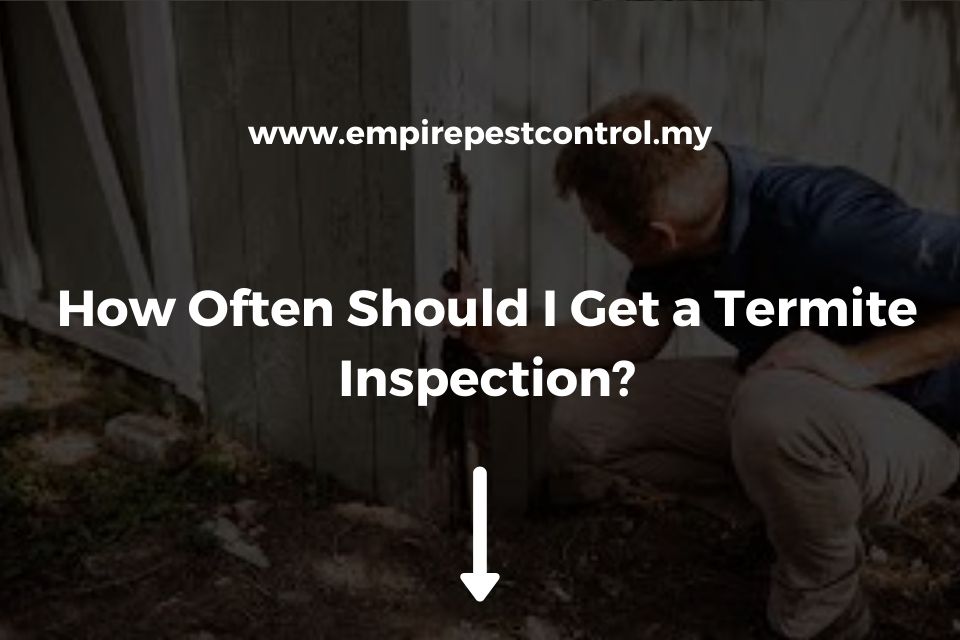Termites rank as some of the most damaging pests that may infest your residence. They consume wood rapidly, and the damage they cause to houses frequently goes unnoticed until it is irreparable.
That’s why termite treatment and inspections are so important for homeowners who want to keep their houses termite-free.
You might wonder how often you should get a termite inspection done on your home, and if there are any signs of termites in your house?
Let us answer these questions by discussing the different types of termites that exist, as well as what you need to look out for!
Contents
What Happens During a Termite Inspection?
Many homeowners tend to think that termite inspection doesn’t really do anything to help with their problem.
But did you know that termite inspection is one way to stop that problem from happening in the first place?
A termite inspection is a process of examining the inside and outside of your home for signs that termites have infested it.
During this process, a trained pest control professional will check all areas in which termite activity could take place– these include basements, crawl spaces under porches or decks, attic insulation material, mulch piles near patios or woodpiles next to houses, around trees with large root systems (termites are attracted to moist soil), and other similar places.
A certified inspector might also be able to look at warranties on homes being sold. This way they can tell if there is any existing damage from termites before you buy!
The primary goal of a pest inspection is to find out whether or not there’s an active infestation happening. If the inspector finds evidence of termites, they will set up a treatment plan for you to follow.
How Often Should I Get a Termite Inspection?
The answer of how often you need a termite inspection will vary depending on several factors such as the type of termite in your area, what kind of construction you have on your home (wood-framed or brick), and how often it rains.
The frequency will also depend on how susceptible to damage your house is– for example a wooden frame house with wood siding would be more prone to damage than one made out of brick with a cement stucco exterior.
Typically, homeowners will require inspections twice a year if they live in an area where subterranean termites are prevalent. If there aren’t any known insect infestations nearby, then this inspection can happen only once a year!
Tips to Keep Termite At Bay
Termites are creatures that will not stop eating your home until they’ve completely destroyed it. They will eat your walls, floors, ceilings, furniture, and even your books. As long as cellulose is present in an item, it’s just simply food-haven for them.
But there are ways to keep them away from your house– and below you’ll find just a few of the most effective methods!
- Keep woodpiles, mulch bins, or other wooden areas at least three feet away from your house. This way termites won’t be able to make their nests nearby!
- If you have an outdoor deck area on which food is consumed (such as barbecue grills), mud puddles can build up underneath this surface due to rainwater. It’s important that these unused portions be cleaned off regularly because even if there aren’t any visible insects, termites might still inhabit these surfaces in search of water during dry periods when they’re not active.
- Trim wooden branches and trees within a thirty-foot radius of your home, and keep the grass three to four inches long around it. This will prevent termites from having access to potential food sources close by!
Takeaway
Termites can destroy homes and buildings, costing millions of dollars in property damage.
It’s important to know when you need a termite inspection done because they can be present without causing any visible signs for years before showing up. If your home has never had a termite inspection done by an expert, it may be time to schedule one now!
In this blog post, we covered the importance of getting inspections regularly and how often that might depend on where you live.
We also shared some potential tips for homeowners who suspect their house could already have termites or pests inside it so they know how to deal with it.

